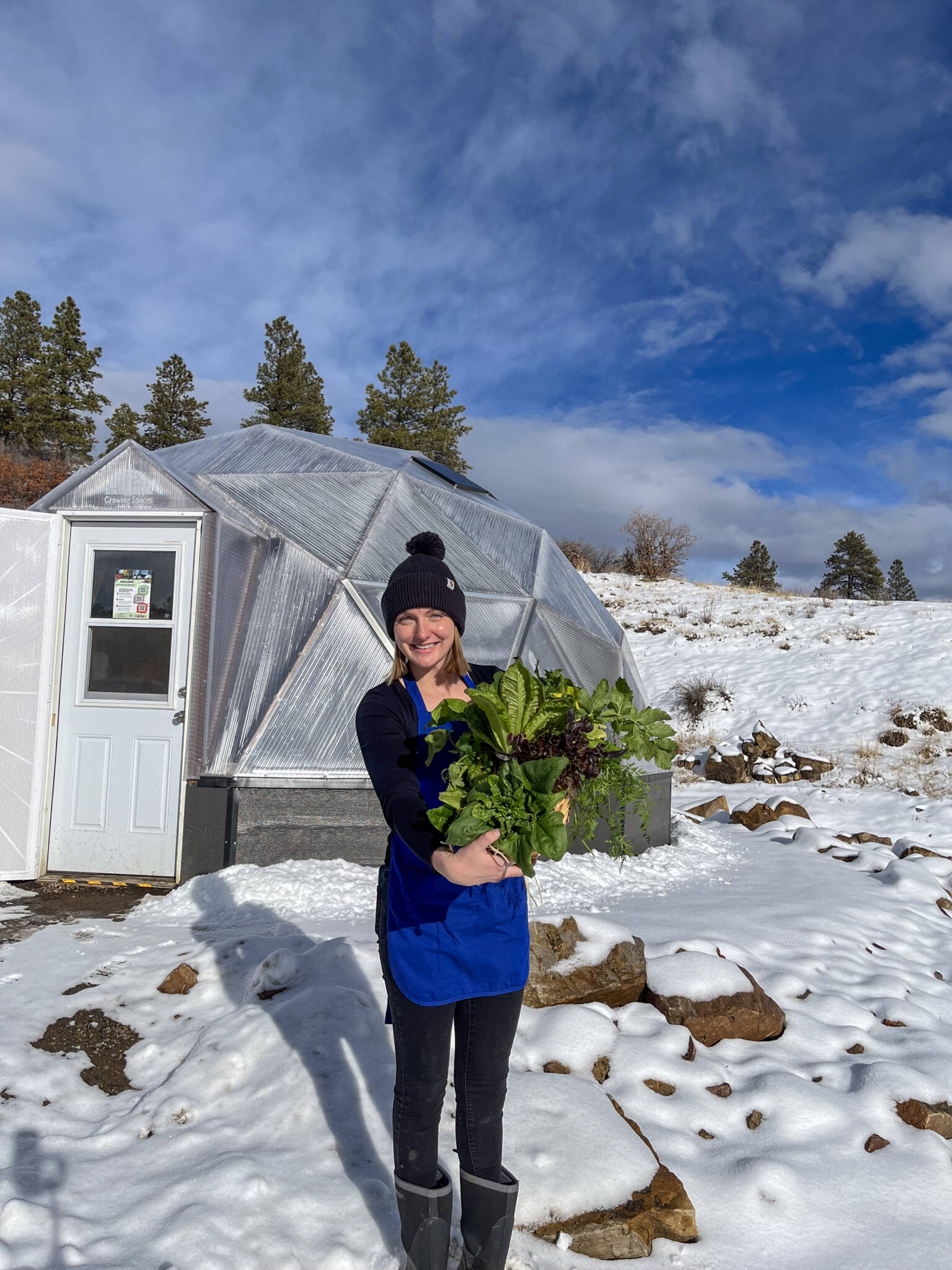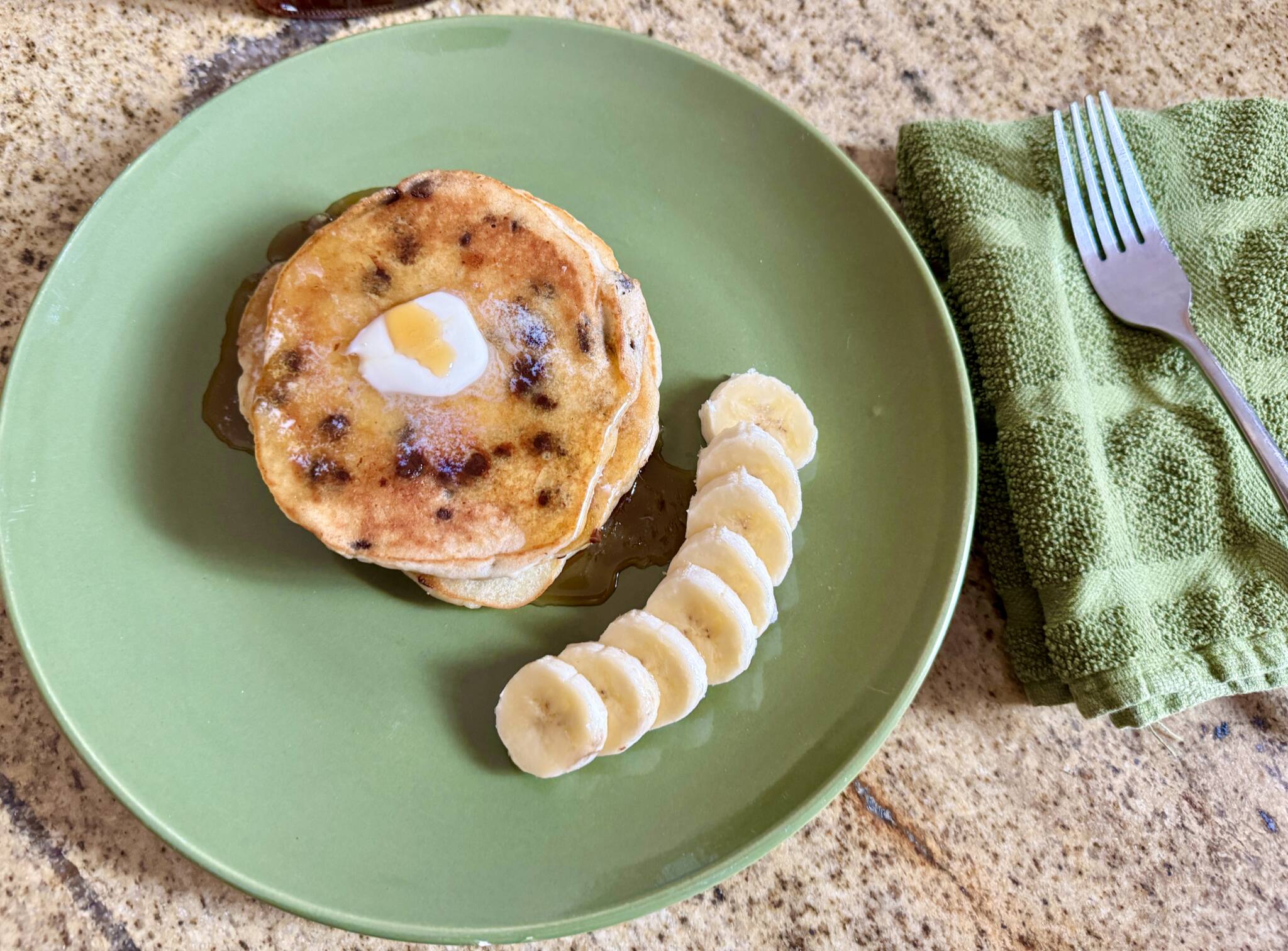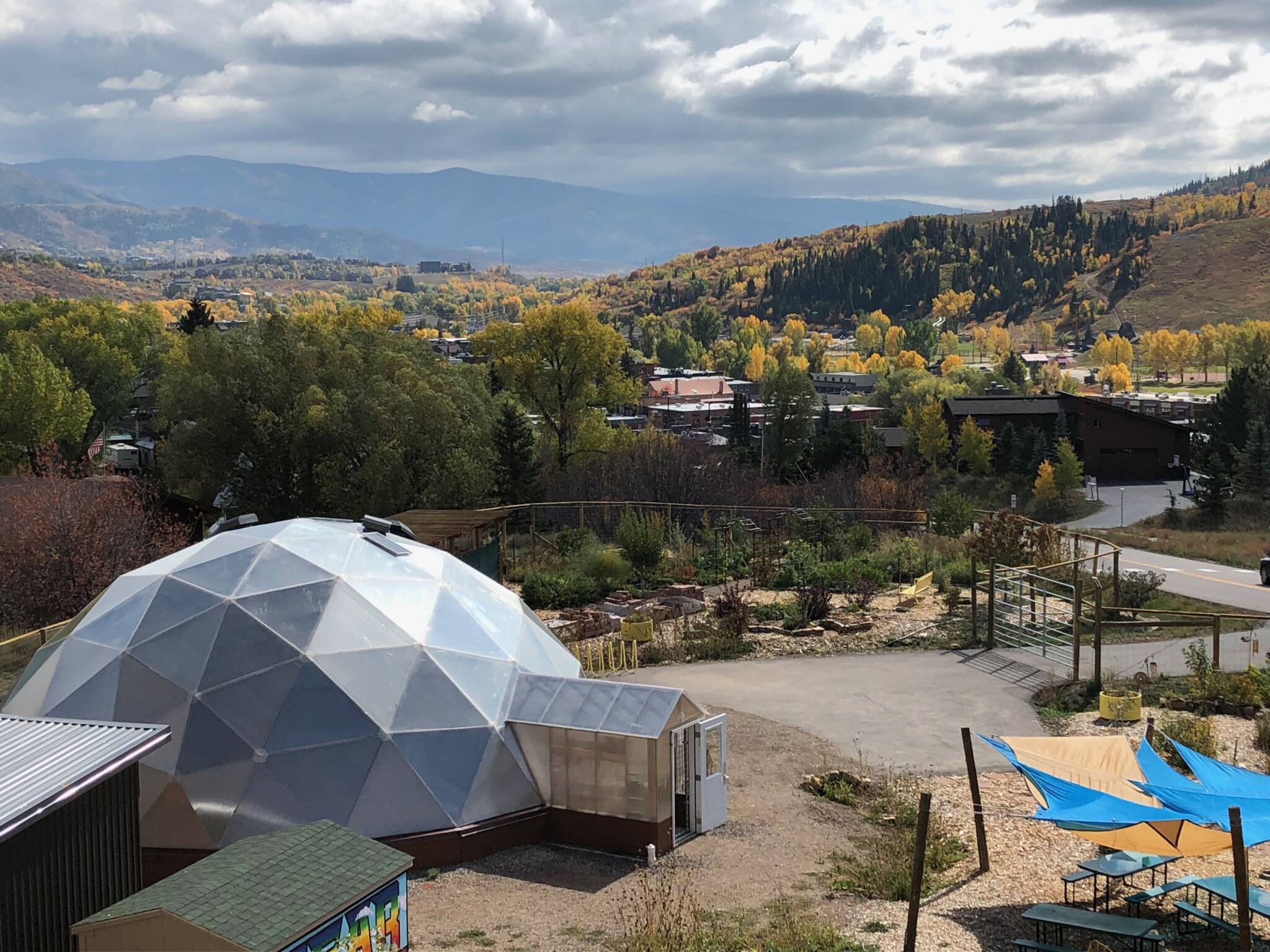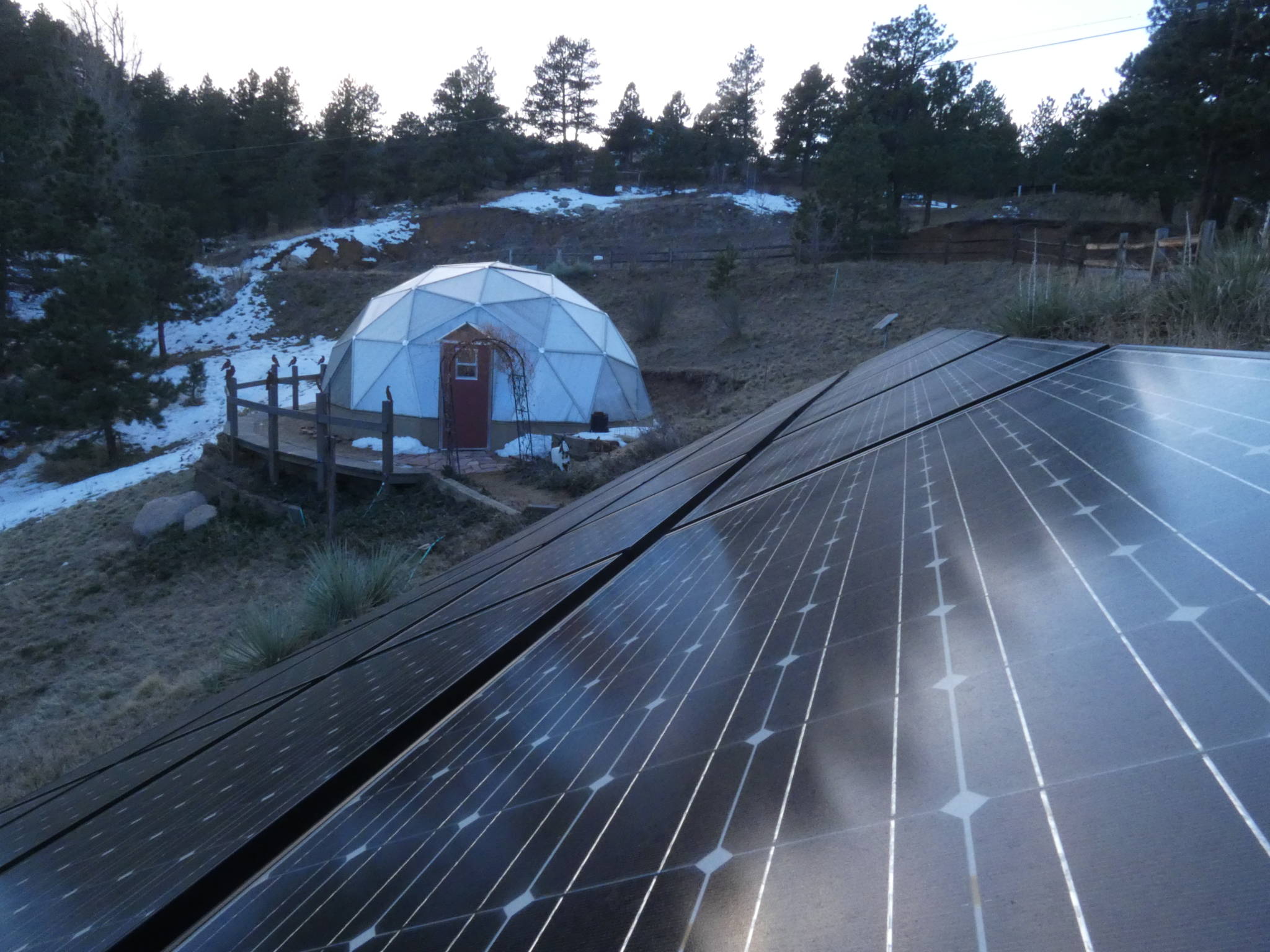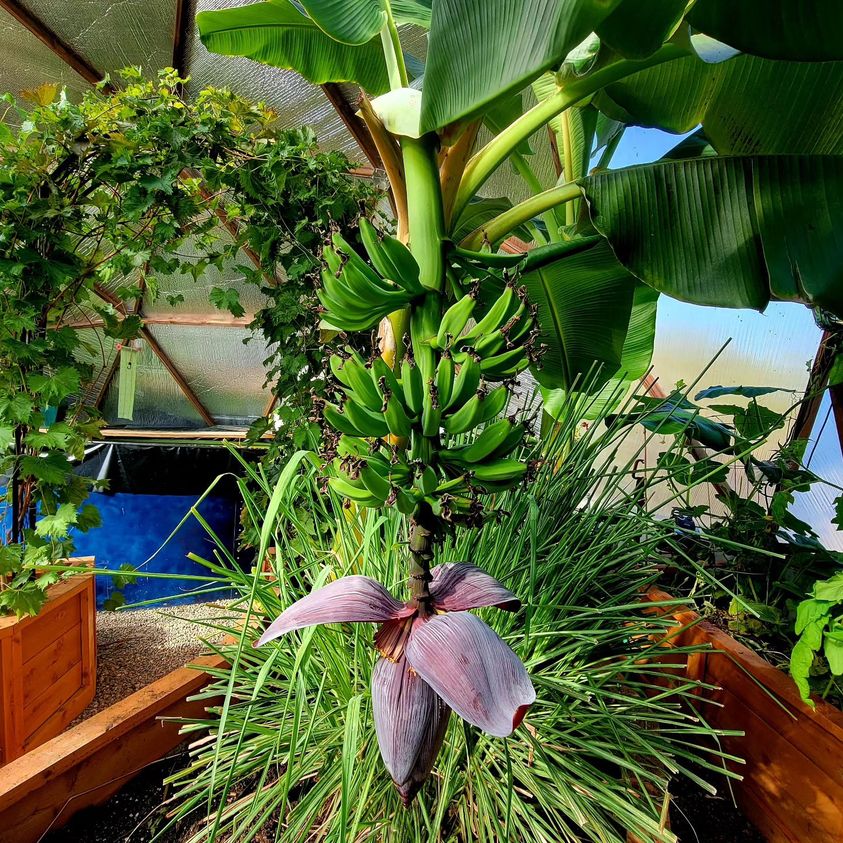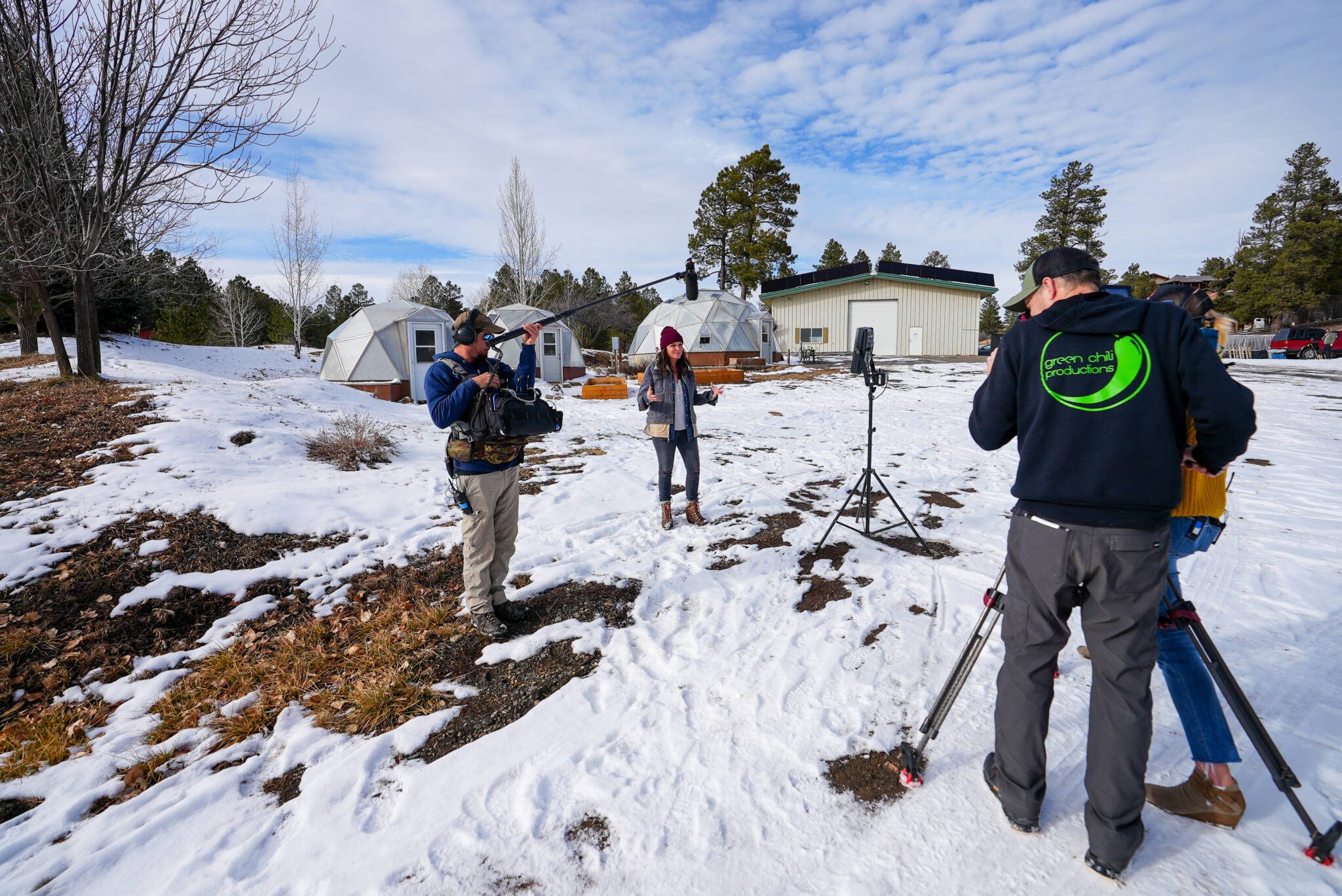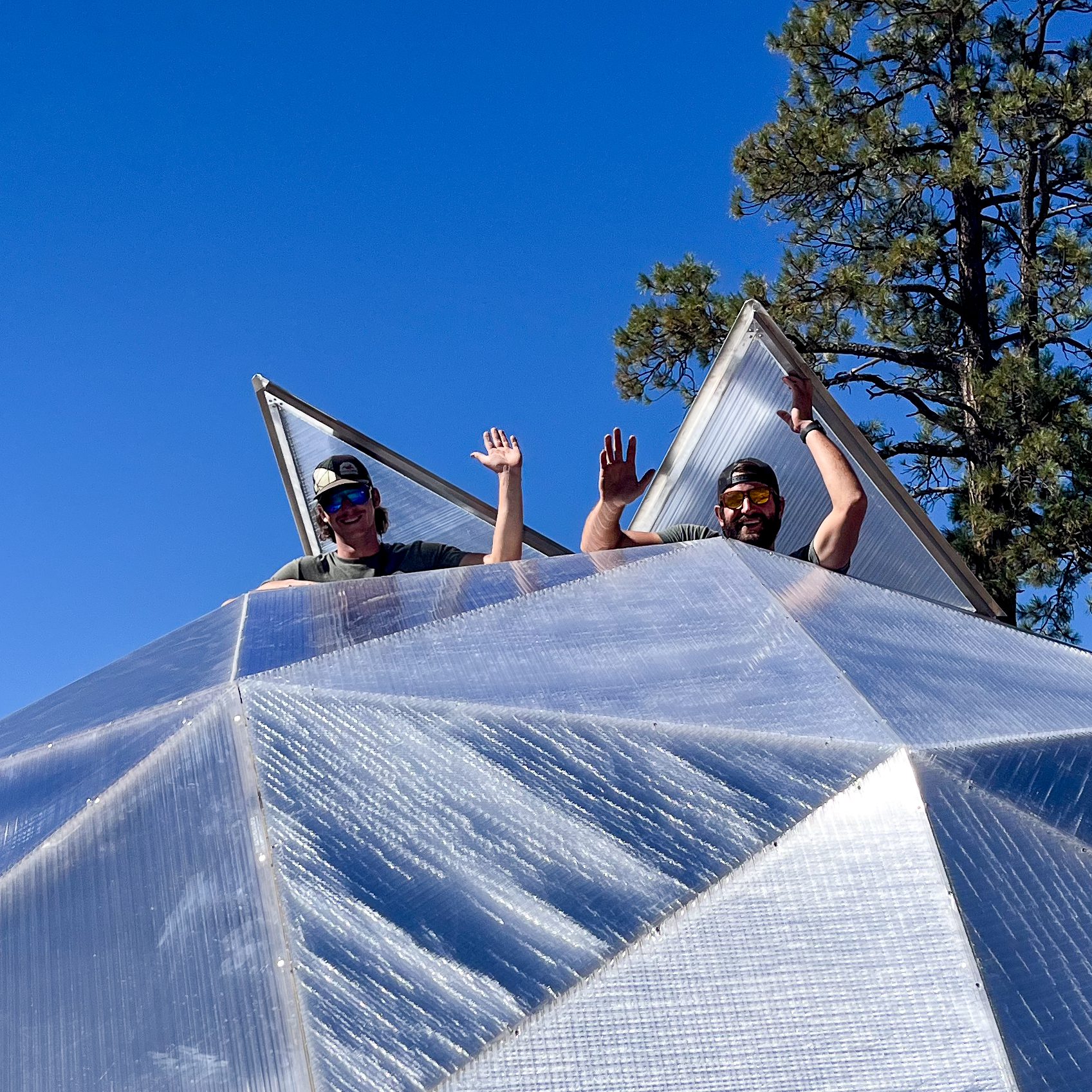The Best Fruit Bearing Plants to Grow in Your Greenhouse
Imagine a transition from a quiet, snow-covered backyard into a warm and bustling greenhouse. This is not just any greenhouse, but a Growing Dome, where the harshness of the outside world is replaced by a lush, fruit-bearing oasis. The air is fragrant with Meyer lemons, and the soothing sound of a waterfall from an above-ground pond completes the ambiance. In this realm, greenhouse gardening is limited only by your imagination. Over recent months, we've explored a variety of fruit bearing plants ideal for greenhouse cultivation. Now, we present them to you in a concise, easy-to-access guide.


